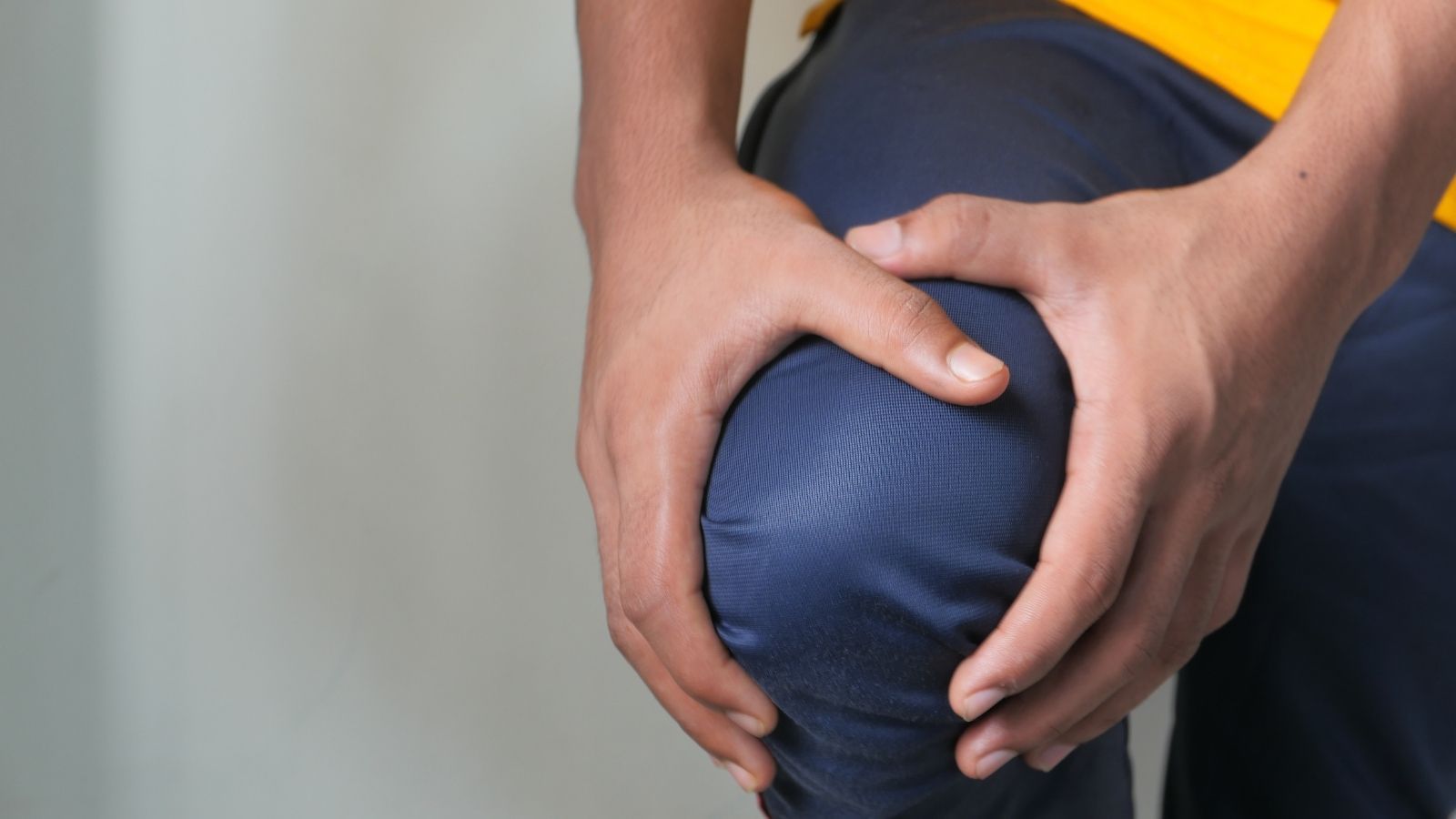Osteoarthritis of the knee joint is set apart by torment, growing, and solidness and makes climbing steps, strolling, running, and so on, troublesome. If not treated on schedule, osteoarthritis of the knee joint can upset everyday schedules and even lead to inability.
What is osteoarthritis of the knee joint?
Symptoms of the osteoarthritis of the knee joint
Diagnosis of the osteoarthritis of the knee joint

Dr. Sandeep Singh, the best orthopedist in Bhubaneswar, conducts a physical examination of the knee and check for signs of osteoarthritis such as-
- Swelling and/or tenderness in the knee
- Redness and warmth in the knee area
- Range of motion
- Pain on pressing
- Unstable knee joint
If required, he may suggest blood tests, x-rays, and CT-Scans to check the space between the knees, the condition of the soft tissues in the knee area, and so on.
1st stage of osteoarthritis
Stages of osteoarthritis of the knee and treatment options
Treatment of 1st stage of osteoarthritis
2nd Stage of Mild Osteoarthritis
Treatment of 2nd Stage of Mild Osteoarthritis
3rd Stage of Moderate Osteoarthritis
Treatment of 3rd Stage of Moderate Osteoarthritis
4th Stage of Severe Osteoarthritis
Treatment of 4th Stage of Severe Osteoarthritis
Frequently Asked Questions :
1 . Are rheumatoid arthritis and osteoarthritis different?
Yes, they are two different medical conditions. Osteoarthritis refers to the wear and tear in the cartilage in the knees. On the other hand, rheumatoid arthritis refers to the damage to the joint lining by the immune system. A patient with rheumatoid arthritis suffers from inflammation and swelling in the knee and deformed knee joint.
2. What leads to the onset of osteoarthritis of the knee?
Apart from aging, the other factors contributing to osteoarthritis of the knee are family history, trauma, obesity, low levels of vitamin D, calcium, magnesium, repetitive injuries, poor levels of hormones, and overweight conditions.
3. What are the major symptoms of osteoarthritis?
The primary symptom of osteoarthritis is persistent pain even when the patient rests and sleeps. Other symptoms include stiffness in the joint, deformity in the joint, limited activity, and even hampering quality of life.
Make sure to get the right and most reliable treatment from a trusted doctor to experience the best recovery. Do visit the best ortho doctor in Bhubaneswar, Dr. Sandeep Singh, for safe and proper treatment of osteoarthritis of the knee.

